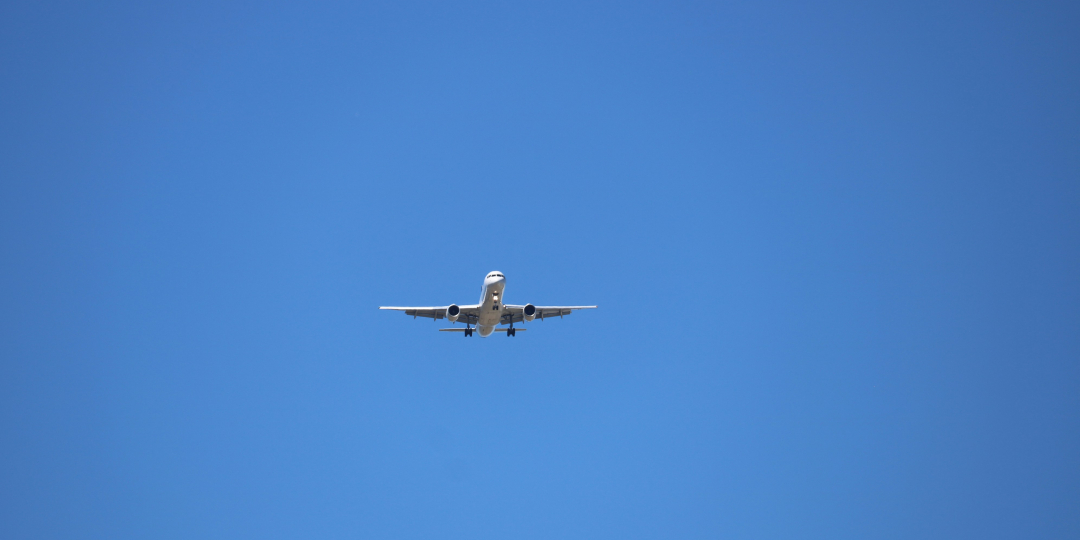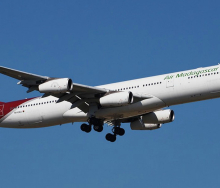Three incidents of turbulence in one week, jointly resulting in a passenger’s death and many severe injuries, have led to an acknowledgement by climate experts that warming can cause an increase in the number and intensity of turbulence-related occurrences.
A well-reported turbulence incident was that onboard Singapore Airlines’ flight SQ321 on May 21. According to CNN, a convective thunderstorm developed beneath the aircraft and turbulence issuing from it resulted in a death onboard and a number of very serious injuries. Due to the early stage of the storm’s development, it did not appear on the aircraft’s radar.
Travel News spoke to David Ogier, a Climate Hazard Consultant in South Africa. He explained that the convective thunderstorm, similar to those in Johannesburg’s highveld, resulted from the earth’s surface heating up, causing air to rise.
According to Ogier, these convective storms and the atmospheric gravity waves (turbulence) that accompany them, can be difficult to identify. Although the rising air may cool and temporarily condense into clouds, convective movement will push these clouds out of the uplift area, so they will sink, become warm and dissipate, making it difficult to identify convective currents.
“Additionally, increased temperatures of these convective air pockets will likely result in a lower prevalence of condensation and therefore lower cloud creation, meaning these air pockets may result in more clear air turbulence than notable visible cloud-based turbulence,” said Ogier.
The turbulence incident has now led the airline to tighten its rules relating to the wearing of seatbelts. Many of the injuries on SQ321 on May 21 were spinal or brain injuries.
Just two days later, a second incident occurred aboard Turkish Airlines’ flight TK2320 during a domestic flight from Istanbul to Izmir. The aircraft encountered clear air turbulence, and a cabin crew member sustained a spinal injury when the plane suddenly lost altitude and she was thrown against the ceiling.
Further injuries were sustained on Qatar Airways’ flight QR107 on May 26, from Doha to Dublin which experienced turbulence over Turkey, resulting in 12 injuries. Several reports said the aircraft dropped over 50m within one second.
Ogier explained that turbulence moves similarly to waves and that the state of the wave determines the type of turbulence. He said that when an aircraft meets a broken turbulence wave, it will cause the aircraft to shake. However, when an aircraft meets the face of a turbulence wave or an unbroken wave, it can rapidly rise and fall as the wave passes, similar to the turbulence described in the incidents in May.
A study, ‘Evidence for Large Increases in Clear-Air Turbulence Over the Past Four Decades’, published by the UK’s University of Reading, found that the frequency or intensity of clear air turbulence grew by 55% from 1979 to 2020.
Paul Williams, a professor of atmospheric science from the University of Reading, commented on the recent aviation incidents in an interview with CNN, warning that clear air turbulence incidents may double or triple in coming decades.
Explained Ogier: “What can be suggested is the following: Climate change is responsible for the increased average temperatures and the shift towards more severe and frequent extreme temperature events. These events will result in more severe convective uplift as the land surface is heated more during the day. This is likely to result in more gravity waves and other turbulence-generating dynamics.”
Following the incidents, Iata’s Turbulence Aware Platform, a turbulence detection mechanism, has been implemented on Emirates’ pilot navigation systems for the first time.














